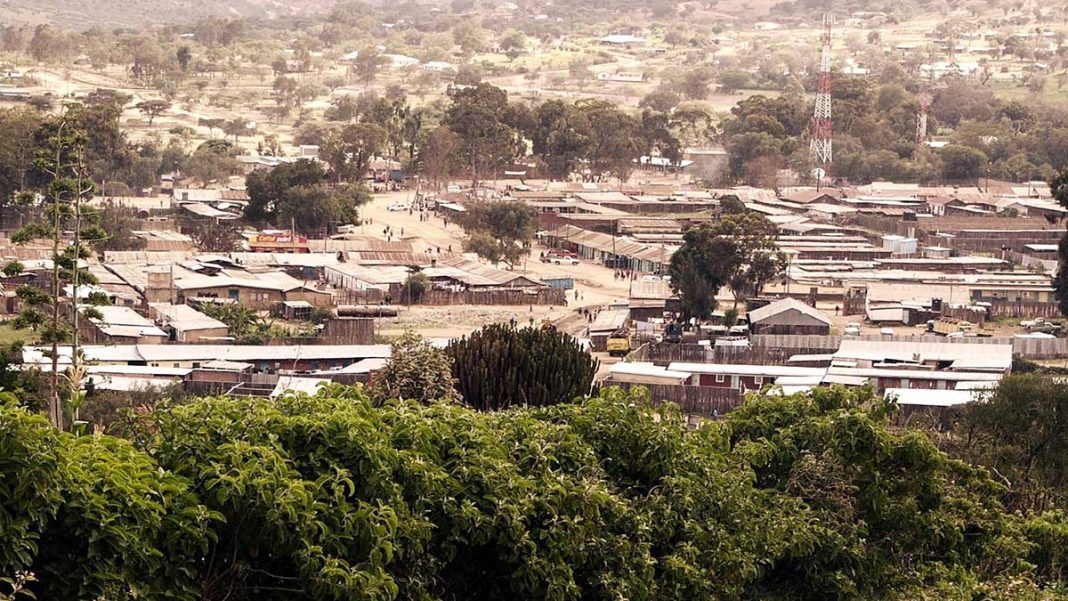‘ The Place of God, ‘ is the aliase that locals give the place. This is where asking the gods for divine guidance and protection was happening. The first inhabitants of this area are the Samburu community.
Maralal town is the capital of Samburu county. It is a frontier town. The Great Northern Wilderness begins here and it is also a place where many great adventures take place.
This frontier town has some of the best hotels similar to the ones in the Kenya’s most toured destination – Laikipia. These are :
Loroghi Hills and the majestic Matthews Mountains provide impressive walking, cycling and nature trails.
While touring the area, you meet Samburu tour guides on camel backs.
Tourists for example, get an opportunity to ride these camels. While the tour guides take them around the serene environment.
The Maralal National Reserve
The Maralal National Reserve is also a sight to behold and worth a visit.The area has plenty of wildlife. The reserve is located between the Ol Doinyo Lenkiyo Mountains.
Eland, impala, buffalo, baboon, warthog, and zebra live within its boundaries in harmonious profusion. However,as a tourist always be watchful of the leopards and hyenas.
Seasonally, elephants pass through the Reserve descending from the forested hills that lie to the north.
The only permanent water point in the reserve is a small waterhole a few meters from the Maralal Safari Lodge.
At the terrace of this lodge,tourists can have a clear view of wildlife visiting the waterhole.
Fifteen kilometres from Marala township, to the west, is the Great Rift Valley. At Losiolo, the valley wall of this prehistoric fissure is sheer and the vast, almost overwhelming view, totally breathtaking
Maralal is also the birthplace of the famed Kenyatta House, designed by the colonial government at a cost of USD 8,000.00.
For instance ,thte Jomo Kenyatta, Kenya’s first president, was detained prior to his release in the 60s. Upon his release, in August 1961, Ebony Magazine covered the story of the Maralal House.

